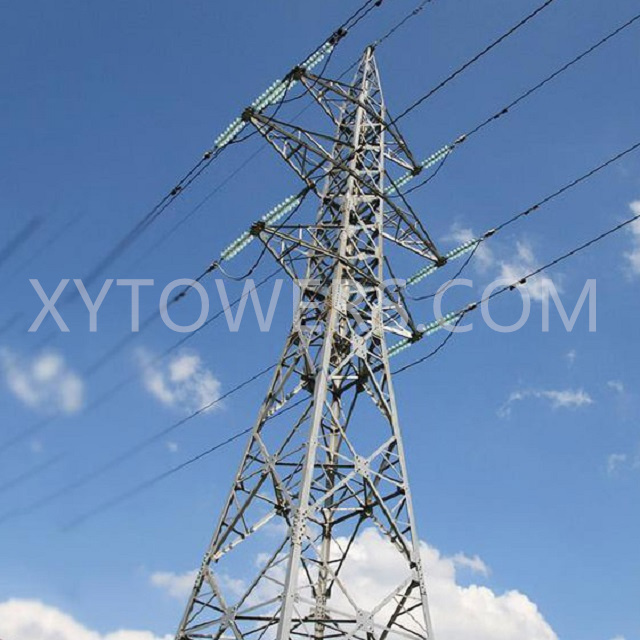Transmission towers, also known as power transmission lattice towers or electric transmission line towers, play a crucial role in the distribution of electricity across vast distances. These towering structures are an essential component of the high voltage transmission line network, facilitating the efficient and reliable transmission of electricity from power plants to substations and ultimately to homes, businesses, and industries.
Transmission towers are used to support overhead power lines, which are typically made of aluminum conductors and are designed to carry high voltage electricity over long distances. These towers are strategically positioned along the transmission line to ensure the stability and integrity of the electrical grid. The design and construction of transmission towers are critical to maintaining the safety and reliability of the power transmission infrastructure.
One of the primary functions of transmission towers is to provide the necessary elevation for the power lines, allowing them to span across varied terrain, including valleys, rivers, and rugged landscapes. The height and configuration of the towers are carefully engineered to ensure that the power lines remain at a safe distance from the ground and other structures, while also minimizing the impact on the surrounding environment.
The transmission tower, also known as a transmission line angle steel tower, is typically constructed using high-strength steel and is designed to withstand the forces of nature, including strong winds, ice accumulation, and seismic events. The lattice structure of the tower provides the necessary strength and stability to support the weight of the power lines and withstand external environmental factors.
In addition to providing structural support for the power lines, transmission towers also play a crucial role in maintaining the proper tension and sag of the conductors. The configuration of the towers, including the placement of insulators and hardware, is carefully engineered to ensure that the power lines remain taut and properly aligned, minimizing the risk of electrical faults and line failures.
Furthermore, transmission towers are essential for maintaining the reliability and efficiency of the electrical grid. By providing a secure and elevated pathway for the power lines, these towers help to minimize the risk of outages and disruptions in the transmission of electricity. Additionally, the strategic placement of transmission towers enables the optimization of the power transmission network, ensuring that electricity can be delivered to where it is needed most.
In conclusion, transmission towers are a critical component of the high voltage transmission line network, serving as the backbone of the electrical grid. These towering structures provide the necessary support, elevation, and stability for overhead power lines, enabling the efficient and reliable transmission of electricity over long distances. As the demand for electricity continues to grow, the role of transmission towers in ensuring the resilience and sustainability of the power transmission infrastructure becomes increasingly vital.
Post time: Sep-10-2024






